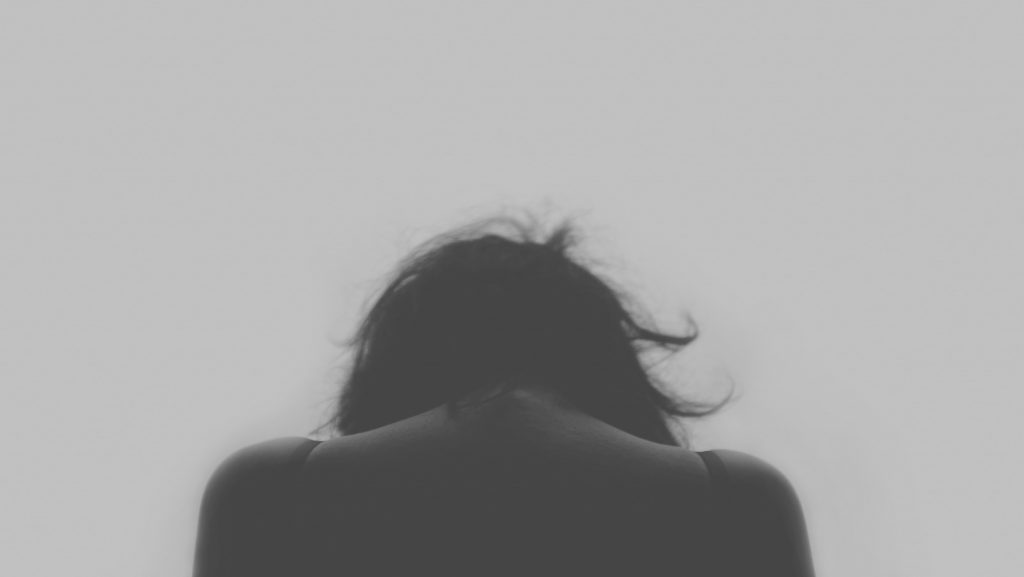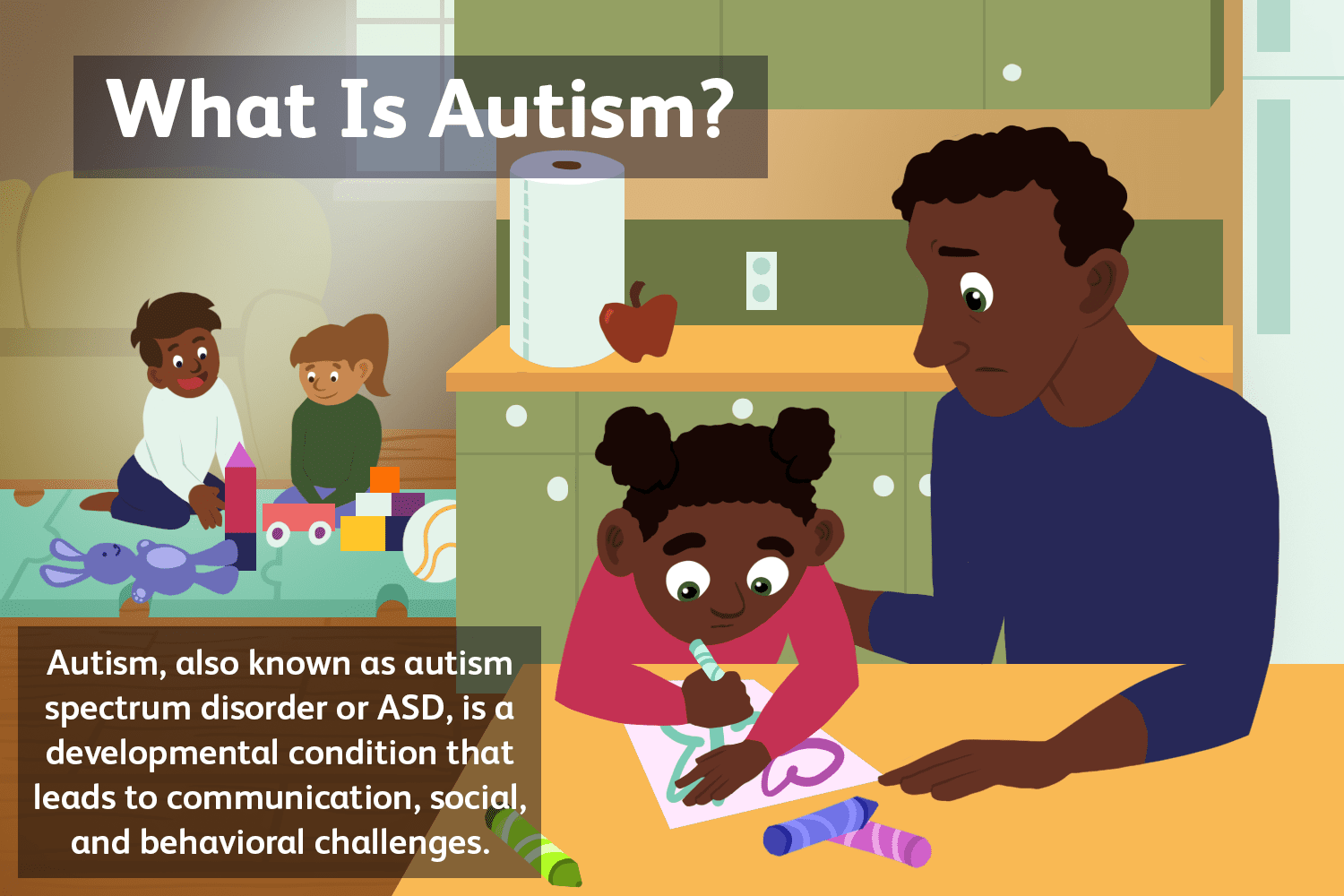Obsessive Compulsive Disorder: It’s more than what you think
By: Darsana Sathian

Obsessive-Compulsive Disorder or OCD is a mental disorder where the anxiety or fear of a person leads them to take unreasonable repetitive tasks to be at ease. The critical aspect is that they are performing these rituals to calm down their fear or disgust. For example, a person with a fear of germs who washes their hands for hours to make sure that they are safe from germs. In this situation, the person is under the mercy of their compulsions and it may affect their daily functioning as an individual.
In daily life, we hear the usage of “obsessed” or obsession, but the obsessions in the case of OCD are on a larger scale than that of when someone says they are obsessed about something. Another key indicator is the person feels powerless in front of the cycles of obsessive thoughts and compulsions. Cognitive behavior therapy and or medication are effective methods to treat OCD. Obsessive Compulsion Disorder is often under-recognized and under-treated.
The shocking fact is that it takes almost an average of 17 years from the onset of OCD to receive suitable treatment. This is mainly because at some point the affected patient realizes that their behavior is illogical regarding the obsessions and the compulsion and they may try to hide it or may not have access to proper treatment. As with any mental illness to ensure proper treatment and care for those who are in need, health care providers need to be educated on the symptoms of OCD and treatments.
Diagnosis of OCD: Obsessions and Compulsions

To identify Obsessive-Compulsive Disorder, we need to have a reasonably good idea of the nature of different obsessions and compulsions. This understanding will help us to recognize OCD and to reach for the proper treatment.

Obsessions are intrusive thoughts that cause anxiety or disgust. These intrusive thoughts or mental images are beyond logical reasoning and make people feel helpless and leading them to certain compulsions. Examples of obsessive behaviors are :
- Constantly checking the body for signs of illness,
- Checking repeatedly whether the gas or water tap is closed,
- Performing cleaning rituals many times due to fear of germs
- Need for symmetry or exactness
- Unwanted sexual thoughts that may involve thoughts of harming others, etc.
Compulsions Repeated actions or rituals that help in balancing anxiety or disgust. The person may not want to do but it appears like that is the only way to calm the mind. But the relief is only temporary. These compulsions may take up a major chunk of their time in a day. Common compulsive behaviors include repeated cleaning checking, mental compulsions such as repeatedly reviewing an even, perfectionism,m, etc.
Obsessive-Compulsive Disorder- Treatment

The exact reasons for Obsessive-Compulsive Disorder are not clear. Genes play a role in the development of this disorder in childhood than in adults. The average age during that OCD develops ranges from 22 to 36 years. Functional impairment in line with OCD in the youth will lead to destabilization of family and social life. Thus indicating the urgency of bringing more data-based treatment to the mental health domain.
The role of general health practitioners in helping a person to identify if they have OCD or not is pivotal. More often the OCD-affected person seeks the help of physicians than psychiatrists. Through evidence-based diagnosis, general practitioners will be able to understand if the symptoms are psychiatric or not. Shame and lack of awareness of the characteristics of OCD often cause difficulty in taking the first step towards treatment. Therefore community-level education on mental health will be a good place to start.
The treatment for Obsessive-Compulsive Disorder varies from simple guided self-help to Cognitive Behaviour Therapy along (CBT) with exposure and response prevention(ERP). This is a general description of the overall treatment and the severity of the mental illness is a critical factor in deciding the treatment methods. The faulty beliefs of the affected person are challenged in Cognitive behavior Therapy wherein they are exposed to provocative stimuli and are refrained from compulsions. Treatment can effectively diminish the symptoms thus enabling the individual to enjoy active social life and work life.
Reference
Tags: Anxiety Disorders, Compulsions, Mental Health, Obsessions, ocd, youth mental health,









